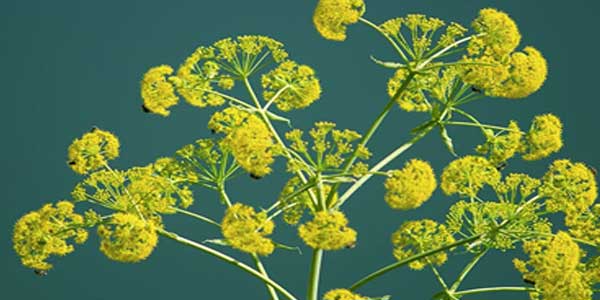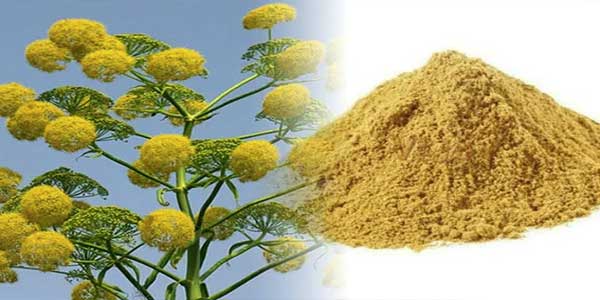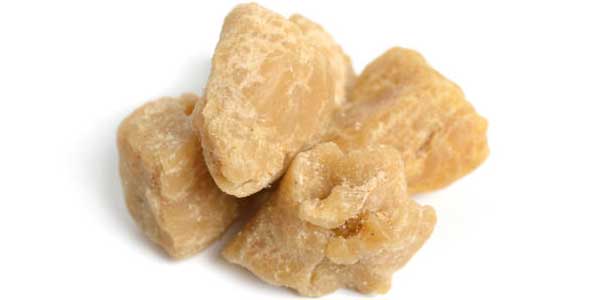Introduction
Asafoetida, commonly known as Hing, is a pungent spice that has been used in cooking for centuries. It is derived from the resinous sap of the Ferula plant, native to the Middle East and Central Asia. Asafoetida has a strong aroma and flavor that is often described as a combination of onion, garlic, and a hint of earthiness. This versatile ingredient adds a unique taste to a variety of dishes and is a staple in many Indian and Middle Eastern cuisines. In this article, we will explore the uses, qualities, origin, sources, applications, health benefits, use in cooking, and potential side effects of asafoetida.
Origin and Sources
Asafoetida has a long history dating back thousands of years. It is believed to have originated in Iran and Afghanistan and was later introduced to India, where it became widely used in traditional Ayurvedic medicine and culinary practices. Today, the major producers of asafoetida are Afghanistan, Iran, and India. The resinous sap, obtained from the taproot of the Ferula plant, is dried and processed to produce the spice.

Qualities of Asafoetida
Asafoetida possesses several qualities that make it a valuable ingredient in cooking. Firstly, it has a strong and distinct aroma that can be quite overpowering when raw, but mellows and enhances the flavor of dishes when cooked. Secondly, it acts as a natural flavor enhancer, making it an excellent substitute for onion and garlic in dishes. Lastly, asafoetida has medicinal properties and is known for its digestive benefits, which we will discuss later in this article.
Uses and Applications
Asafoetida is used in various forms, including powdered, granulated, and compounded. It is commonly used as a spice in vegetarian and vegan cooking, as it adds a depth of flavor that can replace the umami found in meat-based dishes. Asafoetida is a key ingredient in many traditional Indian dishes, such as dals (lentil soups), curries, and pickles. It is often added to hot oil or ghee during the tempering process, which releases its aroma and flavor, infusing the dish with its unique taste.
Use in Cooking
Asafoetida can be used in various ways in cooking. It is typically used in small amounts, as its strong flavor can easily overpower a dish. To use asafoetida, heat a small amount of oil or ghee in a pan, add a pinch of asafoetida, and let it sizzle for a few seconds. Then, add the other ingredients to the pan and continue cooking as usual. This process helps to release and distribute the flavor throughout the dish. Remember to keep the lid handy, as the aroma can be quite potent!

Asafoetida, or Hing, is a potent spice that should be used in small amounts due to its strong flavor. Here are a few common methods for using hing in your cooking:
- Tempering: Tempering, also known as tadka or chaunk, is a popular technique in Indian cooking that involves adding spices to hot oil or ghee to release their flavors. Hing is often used as one of the tempering spices. Heat a small amount of oil or ghee in a pan, add a pinch of asafoetida, and let it sizzle for a few seconds before adding other spices, herbs, or ingredients. This process infuses the dish with the unique aroma and flavor of hing.
- Spice Blends: Asafoetida can be added to spice blends to enhance their flavors. You can mix it with other ground spices like turmeric, cumin, coriander, or chili powder to create your own custom spice blend for various dishes. This blend can be used as a seasoning in curries, stews, or lentil dishes.
- Pickles and Chutneys: Asafoetida can be added to pickles and chutneys to enhance their taste. It provides a tangy and savory flavor that complements the other ingredients in these condiments. Just a pinch of hing can go a long way in adding depth to your homemade pickles or chutneys.
- Lentil and Vegetable Dishes: Hing is commonly used in lentil (dal) dishes to enhance their flavor. It can be added to the boiling water while cooking lentils or incorporated during the tempering process. Similarly, hing can also be used in vegetable dishes like stir-fries or curries to add a unique and savory taste.
- Baking: While not as common, asafoetida can also be used in baking, especially in recipes where you want to add a savory or umami flavor. It can be added to bread dough, savory biscuits, or crackers to give them an interesting twist.
Remember that hing is highly concentrated, so it’s important to use it sparingly. Start with a small pinch and adjust according to your taste preferences. Additionally, store asafoetida in an airtight container away from light and moisture to maintain its potency.
Health Benefits of Asafoetida
In addition to its culinary uses, asafoetida offers several health benefits. It has been used in Ayurvedic medicine for centuries due to its digestive properties. Asafoetida aids in digestion, reduces bloating, and helps relieve flatulence. It is also known for its anti-inflammatory and antimicrobial properties. However, it is essential to note that more scientific research is needed to fully understand the extent of these benefits.

Asafoetida, or Hing, offers several potential health benefits. Here are some of the notable ones:
- Digestive Aid: Asafoetida has been traditionally used as a digestive aid in Ayurvedic medicine. It helps stimulate the production of digestive enzymes, promoting better digestion and reducing bloating and flatulence. It can be particularly beneficial for individuals with digestive disorders such as irritable bowel syndrome (IBS) or indigestion.
- Anti-inflammatory Properties: Asafoetida contains compounds with anti-inflammatory properties, such as coumarins and flavonoids. These compounds help reduce inflammation in the body, which may be beneficial for conditions like arthritis or inflammatory bowel diseases like Crohn’s disease and ulcerative colitis.
- Antimicrobial Activity: Asafoetida has demonstrated antimicrobial properties against various bacteria and fungi. It may help inhibit the growth of certain pathogens and prevent infections. However, it’s important to note that more research is needed to fully understand the extent of its antimicrobial effects.
- Respiratory Health: Asafoetida has been used in traditional medicine to alleviate respiratory issues such as asthma, bronchitis, and coughs. Its expectorant properties may help clear mucus from the airways and relieve congestion.
- Blood Pressure Regulation: Some studies suggest that asafoetida may have hypotensive properties, meaning it could help lower blood pressure levels. However, more research is needed to determine its effectiveness and appropriate dosage for blood pressure management.
- Anti-cancer Potential: Preliminary research has indicated that asafoetida may possess anti-cancer properties. Its compounds have shown potential in inhibiting the growth of certain cancer cells, but further studies are required to explore its potential therapeutic application.
It’s important to note that while asafoetida shows promise in these areas, more scientific research is needed to fully understand its mechanisms of action and therapeutic benefits. As with any dietary supplement or medicinal ingredient, it’s advisable to consult with a healthcare professional before using asafoetida for specific health conditions or concerns. They can provide personalized advice based on your individual circumstances.
Side Effects and Precautions
While asafoetida offers several health benefits, it may cause side effects in some individuals. People with certain medical conditions, such as high blood pressure or hypothyroidism, should exercise caution when consuming asafoetida, as it may interfere with their medications. Additionally, some individuals may be allergic to asafoetida and experience symptoms such as rash, itching, or difficulty breathing. It is always advisable to consult a healthcare professional if you have any concerns or if you are unsure about using asafoetida.
Conclusion
Asafoetida, or Hing, is a versatile spice with a long history in culinary and medicinal practices. Its strong aroma and flavor make it an essential ingredient in many Indian and Middle Eastern dishes. It offers various health benefits, particularly for digestion, and has antimicrobial and anti-inflammatory properties. However, it is important to use asafoetida in moderation and be aware of potential side effects, especially if you have underlying health conditions. By understanding the qualities, uses, and precautions associated with asafoetida, you can confidently incorporate this unique spice into your cooking and enjoy its distinctive flavor.